QuestionMy 1 /1/2 year old water dragon has recently stopped eating and has developed a yellowish tinge on both sides under the front arms down to the back legs. I have kept a very close eye on the temperature of the cage, in the day time it stays between 75 at the lowest part of the cage and 100 in the basking area. the humidity is usually between 50 and 70%. my enclosure size is a 75 gallon terrium and the lizard is just over a foot and a half long. i have tried feeding it everything in the book along with fruits and veggies. there is also another green water dragon living in the cage it is just over a year old and is doing wonderful eating well colors are radiant, so I'm not sure what is going on with my other water dragon, the water dragon that has a yellowish tinge to it is a male and the other water dragon is a female.
AnswerHi Brandon,
Your male be getting his adult colors in now. They can have a yellow tint to their underside.
He may also be reaching sexual maturity and this is why he isn't eating. The stress of that is huge and you will have to be sure to separate them if one or the other gets too aggressive with the other one.
Here is a picture of the normal yellow they can get... http://www.offbeatpets.com/?p=105 Scroll down that page(the first picture is an iguana and not sure why they have that there!!)
You don't mention what you are using for a UVB source. This is vital to their health because without proper uvb, they are unable to use the calcium in their foods.
The cage is a bit small for two water dragons so you should plan on something larger real soon.
Your basking temperature is a bit on the high end..you might want to lower it a bit.The best thermometers are the ones that have the probe on the end of a wire which you place directly under the basking light at the dragons level. Humidity isn't bad, but do be sure to mist them several times a day and to have an area that they can swim and soak in as they wish.
Lots of good info on WD is available at.... http://www.triciaswaterdragon.com (although a bit outdated on lighting/uvb) Also, make sure that his crickets are of a proper size for him. Since he isn't eating the crickets its important to either remove the uneaten crickets but also place a cut potato in the cage. That way any escaped crickets will nibble on the potato instead of your water dragon.
Be sure to gut load(feed) your insects for at least 24-48 hours before offering them to your WD. using grains, cereals, dark greens and veggies work well. That gel stuff they sell is not a good source of gut loading and does not make the crickets nutritious for your WD.
My suggestions for you to do/try are:check your temperatures, especially basking area. If the temperatures are not correct, they cannot digest their foods properly and the process is slowed causing them not to be hungry. Basking temperatures should be about 85-90F degrees. Cool end and night time should be in the 75-80F degree range.
They need a high humidity level of near 80%. Be sure he knows where his water is. You might want to add an air stone to their water. The bubbles will attract their attention and he may drink.
If you aren't using a good source of uvb,be sure to get it ASAP. See info below on UVB
On the not eating.... if, after making any changes in care, try different insects (with crickets, you can break the hind legs on them to prevent them from jumping) and continue to try offering some dark leafy greens, fruits and vegetables. Some WD will eat the greens, etc. Lettuce has no nutrition...you can offer a variety of dark leafy greens. The best ones are collard greens, turnip greens, mustard greens, dandelion greens. You can offer finely chopped veggies and grated winter squash. You can offer small amounts of various fruits also.
On the UVB,
Supplying uvb can be done in a few ways. By special lights that come in fluorescent tubes or special screw in bulbs (mercury vapor)that are designed to produce uvb and heat. The tubes do not produce heat. UVB is needed by the reptiles to be able to absorb the calcium in the foods they eat. With out the uvb, they will develop metabolic bone disease. There are tubes that say ''full spectrum'' but they do not produce any uvb.With the correct tubes, they must say that they produce BOTH uvb and uva. The uvb needs to be 5% or higher. Repti Sun 10.0 and the Repti Glo 8.0's are a great source for uvb. The old "favorites" are the repti sun 5.0 or the Iguana light..which are the same tube, just different package. These need to be positioned 6-8 inches over the reptile for the 5% and 8% and 8-10 inches for the 10% so that they get the uvb that is needed. The tubes need to be replaced every 6-9 months as that they stop producing UVB long before they stop producing light.Using a fixture that is 2-3 feet in length will provide adequate uvb for your CWD. You do not want to use compact uvb lights, both the spiral/coil type and the ones that look like long "U's" laying on their side and a few other brands are causing what basically amounts to snow blindness in reptiles and some do not provide the UVB in a direction that is needed for your lizard. To read more on this, you can go to http://www.uvguide.co.uk/index.htm
The companies have been working to correct the problem with the lighting so its important to know if the light you have MAY be the old version.
This link will take you to my discussion group and to a post that tells how to tell the new compacts from the old ones. http://pets.groups.yahoo.com/group/UVB_Meter_Owners/message/6721
On the mercury vapor , they also produce heat. They also produce the uvb and uva. The best on the market now are the Mega Rays.(http://www.reptileuv.com) The distance from these are greater than the uvb tubes and the directions must be followed that are listed for the light. When using the mercury vapor lights, you don't need to have one light for uvb and one for heat. The Mercury vapor lights provide both.
For daytime heat, if using the tube uvb, regular household incandescent light bulbs produce heat. I like the halogen bulbs as they produce a nice bright light for your CWD. The wattage will
depend on the size of your reptiles enclosure. and the room temperature.Of course, the best uvb is from the sun and if you are in an area that you are able to take your CWD outside in a proper enclosure, (Never a tank or enclosed, solid cage)

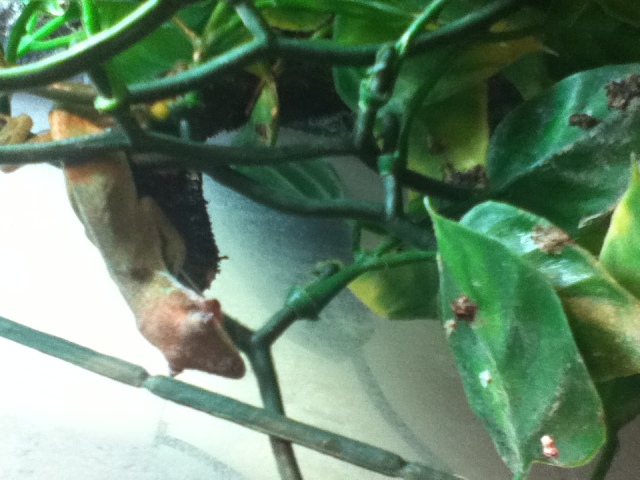 Sick Green Anoles
QuestionQUESTION: Hi, I have 2 Green Anoles who are rea
Sick Green Anoles
QuestionQUESTION: Hi, I have 2 Green Anoles who are rea
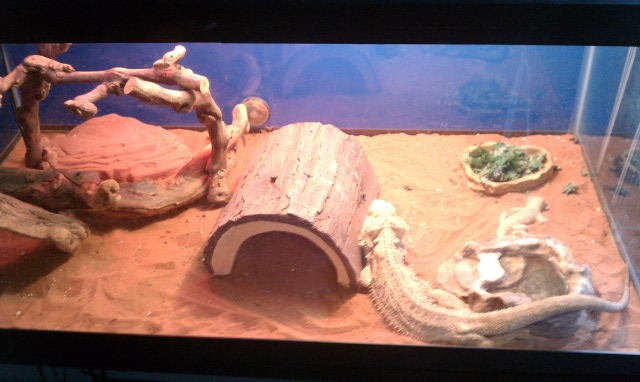 my bearded dragon wont move or eat
QuestionQUESTION: Hello my bearded dragon kiwi is 8 yea
my bearded dragon wont move or eat
QuestionQUESTION: Hello my bearded dragon kiwi is 8 yea
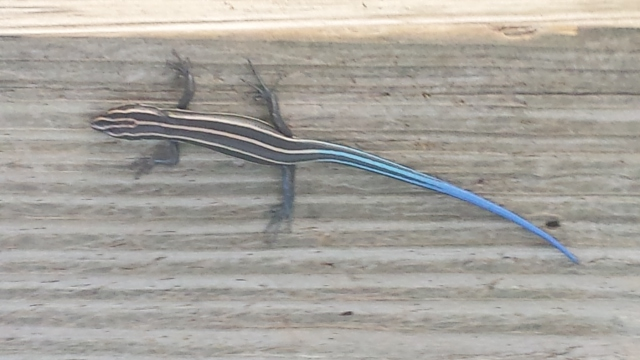 identify lizard please
Question
Waynesboro, tn
could you please tell me
identify lizard please
Question
Waynesboro, tn
could you please tell me
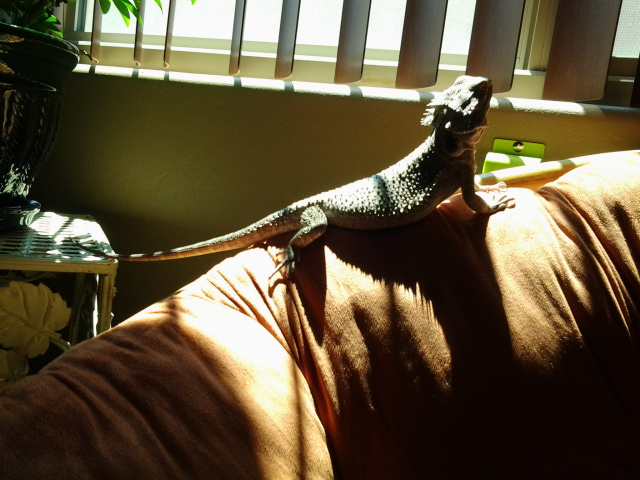 b.d eating habits
QuestionMulan
Mulan
QUESTION: Hello Traci
b.d eating habits
QuestionMulan
Mulan
QUESTION: Hello Traci
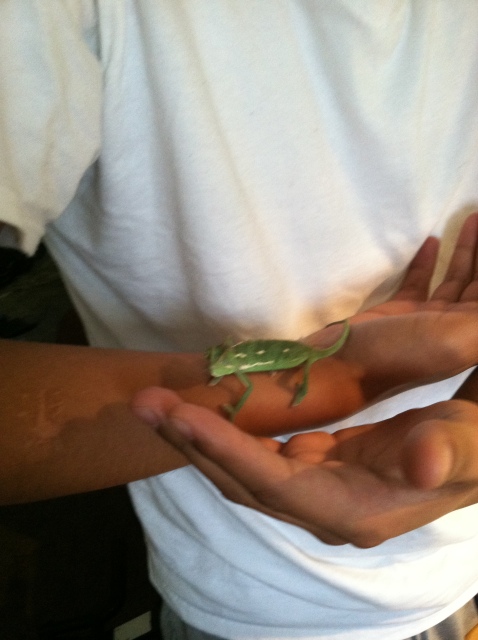 veiled cahmeleon
Question
veiled chameleon
I am very grateful for
veiled cahmeleon
Question
veiled chameleon
I am very grateful for